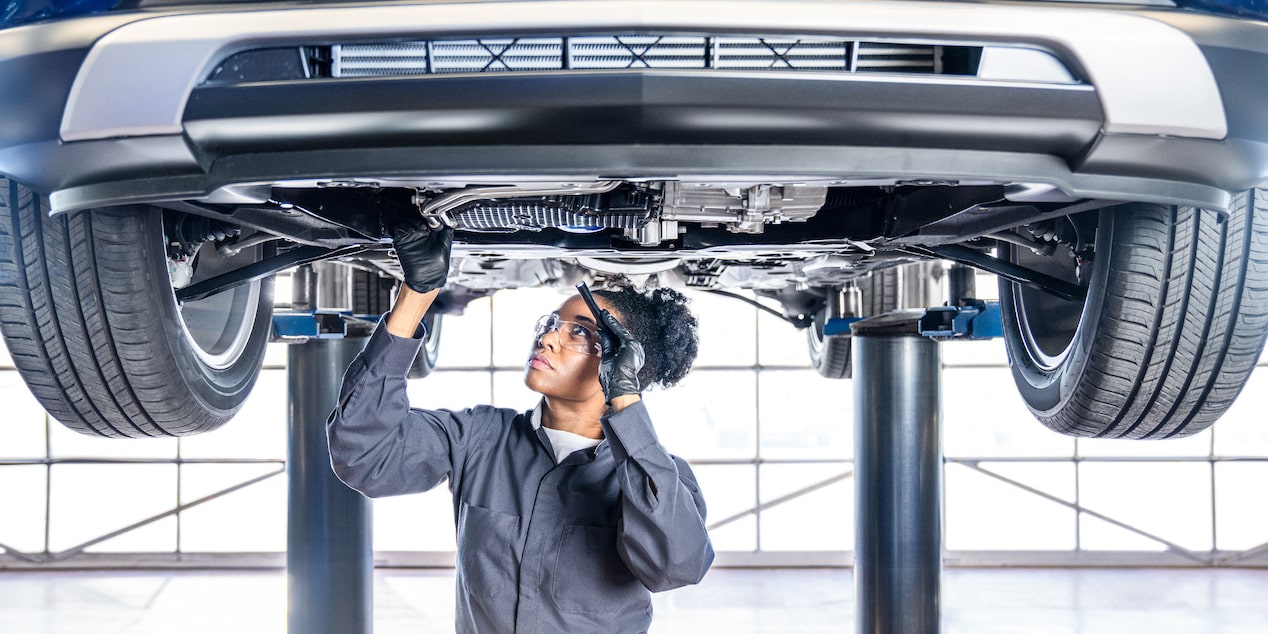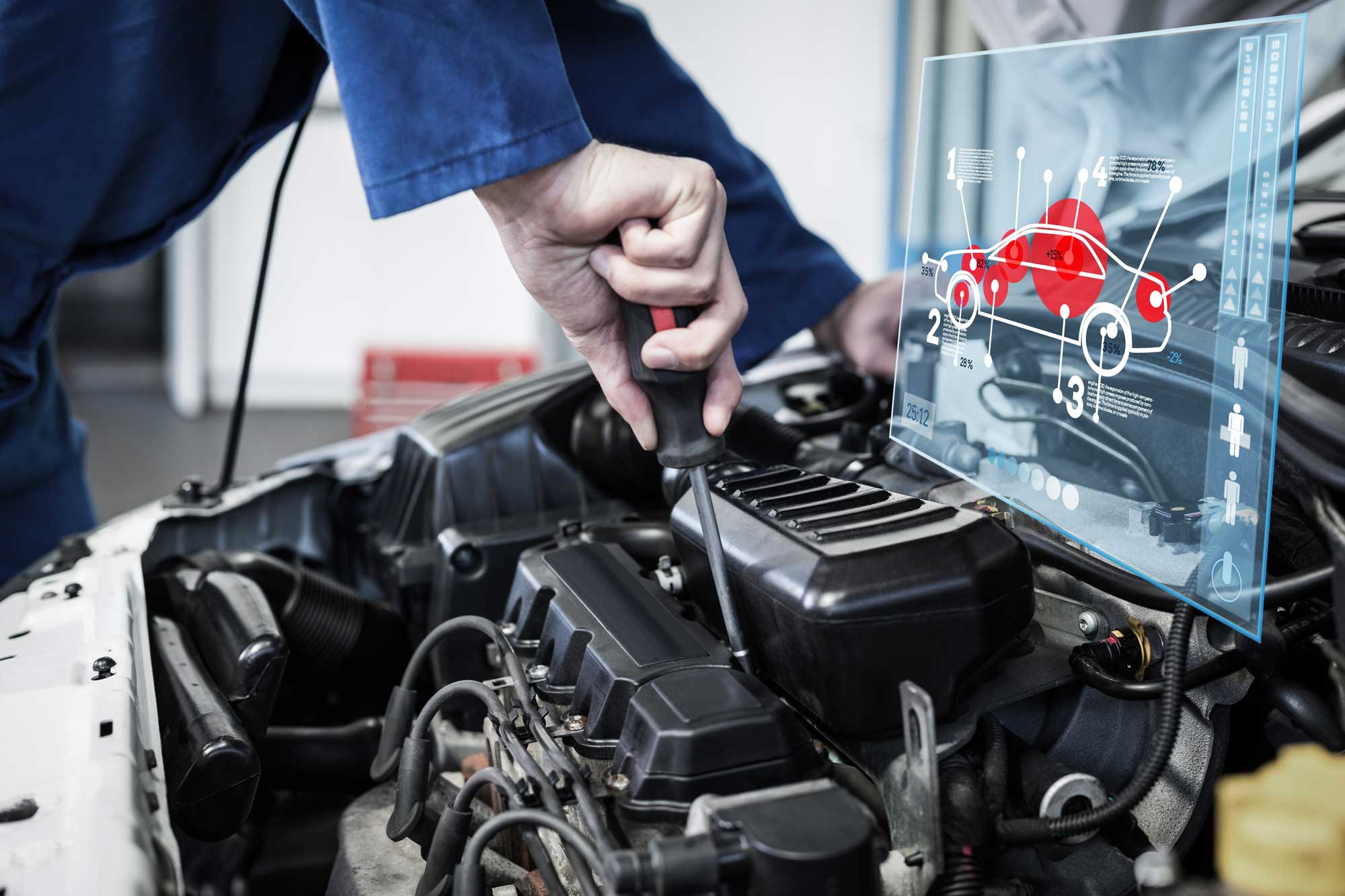All Categories
Featured
Brakes are perhaps one of the most vital safety and security feature of any type of vehicle. Without trusted brakes, even the most powerful cars and truck can become a risk when traveling. That's why normal brake evaluations are a need to for guaranteeing your vehicle quits when you need it to. Adhering to a proper brake evaluation schedule can not only keep you safe but additionally aid you prevent expensive repairs. Below's a comprehensive overview on exactly how to appropriately evaluate your brakes and what to keep an eye out for.
- The Importance of Routine Brake Inspections. Brakes undergo constant damage with every use, whether you're driving at high rates on the freeway or cruising via city roads. With time, brake pads, blades, and various other parts wear down, which can influence stopping efficiency. Without regular examinations, you might not notice the progressive decrease in performance till it's far too late.
Routine brake assessments enable you to capture concerns early, guaranteeing that your brakes remain responsive, trustworthy, and risk-free. Prompt examinations can additionally conserve you cash by resolving small problems before they become pricey fixings.
- Usual Signs That Your Brakes Required Attention. While regular brake inspections are necessary, there are some warning indications you can look out for to recognize when it's time to schedule a check-up:
Squeaking or Grinding Sounds: High-pitched squeaks or grinding noises when applying the brakes are typically indications that your brake pads are used out and need substitute. Resonance or Pulsation: If you feel resonances in the steering wheel or the brake pedal, it could indicate distorted rotors, which may require resurfacing or replacing. Soft or Spongy Brake Pedal: If the brake pedal really feels abnormally soft or mushy, there might be air in the brake lines or a problem with the master cyndrical tube. Pulling to One Side: If your car draws to one side while braking, this might be triggered by uneven brake pad wear or a concern with the brake fluid. Boosted Stopping Distance: If it takes longer to stop than common, it may suggest that the brake pads are worn, the fluid is low, or the blades are harmed. If you notice any of these signs and symptoms, it's finest to have your brakes evaluated promptly.

- Secret Components Checked Throughout Brake Inspections. During a brake evaluation, a professional will certainly inspect several vital components of the braking system to make certain everything is functioning properly. Below are the crucial elements included:
Brake Pads: The most common factor for bad stopping efficiency is worn-out brake pads. Inspecting the thickness of the pads is a priority during every assessment. Brake Rotors: Blades ought to be smooth and devoid of grooves or fractures. Any type of substantial damage to the rotors could result in compromised braking performance and uneven pad wear. Brake Liquid: Low or polluted brake fluid can harm stopping performance. The professional will certainly examine the fluid levels and top quality and change it if necessary. Brake Lines and Hoses: Brake lines need to be without leaks or fractures. Any kind of damage to the lines can result in loss of brake liquid, resulting in brake failure. Brake Calipers: The calipers use pressure to the brake pads. They ought to be evaluated for indications of wear or leaks to guarantee they are working properly. Consistently checking these parts assists keep your brake system in peak problem, permitting you to quit your car securely and effectively.
- How Usually Should You Have Your Brakes Checked? The basic recommendation is to have your brakes evaluated at the very least when a year or every 12,000 miles, depending upon your driving behaviors. Certain driving problems might call for even more frequent evaluations:
Rush Hour: If you often drive in stop-and-go website traffic, your brake pads will certainly use down quicker. Hill Driving: Driving on steep roadways requires more frequent braking, which can trigger your brakes to wear quicker. Towing or Hauling Heavy Loads: If you frequently bring hefty lots, your brakes will experience much more stress and anxiety and need more frequent assessments. If you notice any of the indication stated previously, don't await the following scheduled evaluation-- have your brakes inspected immediately.
- The Effects of Ignoring Brake Inspections. Neglecting normal brake assessments can lead to major effects. A failing brake system might result in minimized quiting power, which boosts your threat of mishaps.
In the most awful instance, driving with harmed brakes can cause finish brake failing, placing you and various other drivers in jeopardy. Normal brake evaluations are a little financial investment that can save your life and protect against pricey repairs.
- Verdict: Stay Safe with Routine Brake Inspections. Brakes are not something you wish to take possibilities with. A reliable braking system is important for safe driving, and regular brake inspections are an easy method to guarantee that your vehicle stops when you need it most. By staying on top of brake maintenance, enjoying for alerting signs, and having your brakes checked at the suggested intervals, you'll secure both your automobile and your security.
Don't wait up until your brakes begin to fail-- timetable routine brake inspections and maintain your automobile in ideal problem for many years to find.
Latest Posts
Stylish, Sturdy Floor Tile Flooring for Every Area
Eco-Friendly Bathroom Remodels with Bath Fitter
Selecting the Right Bank Account for Your Requirements
